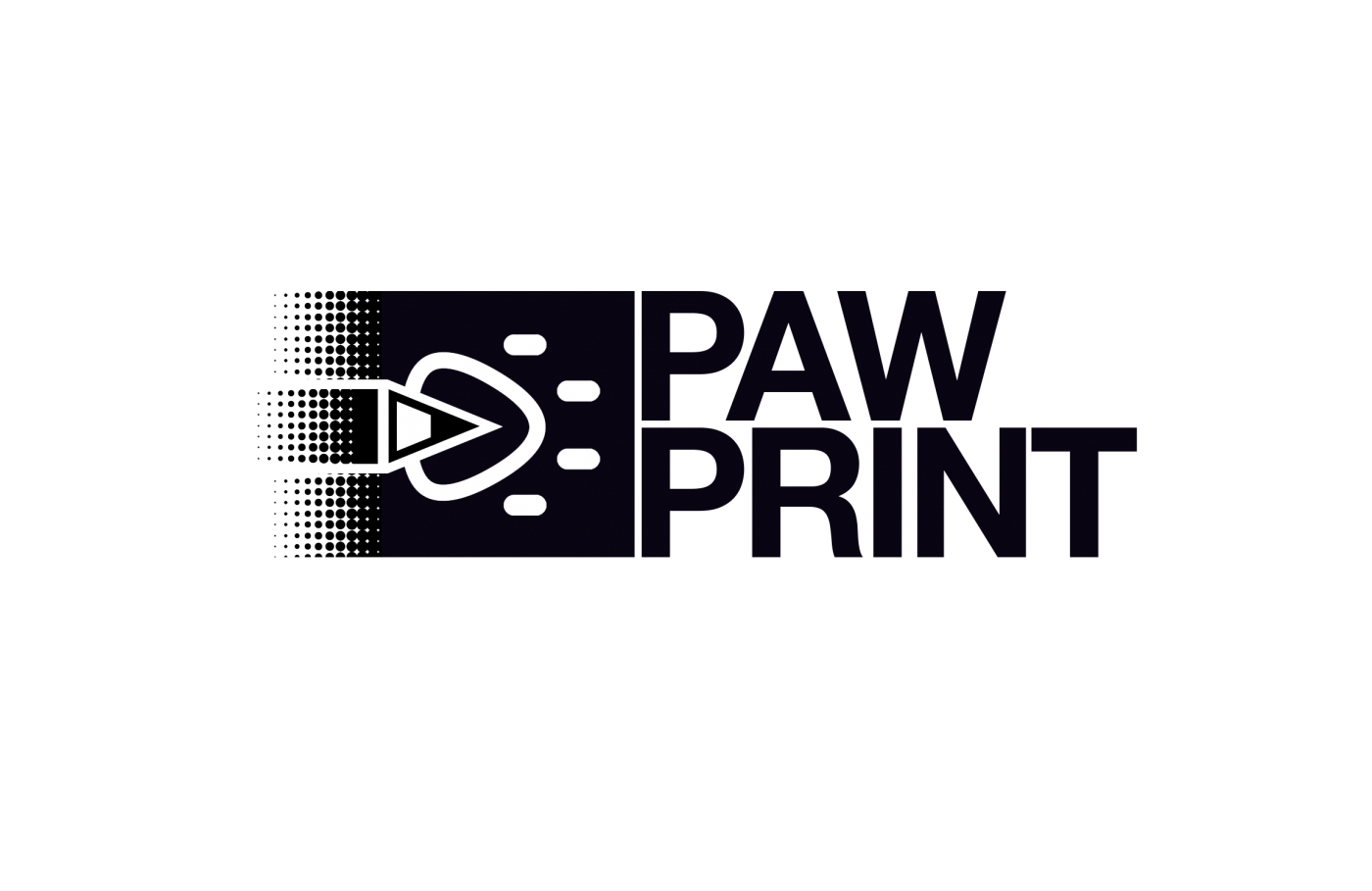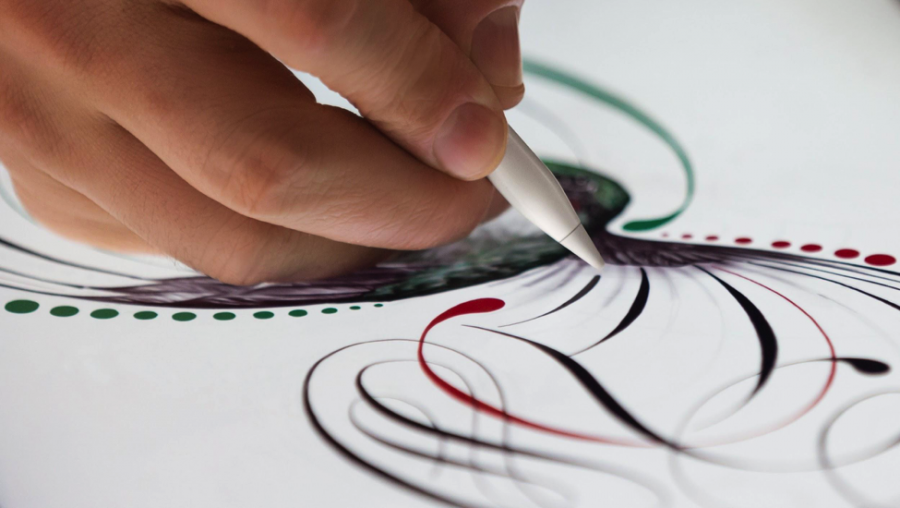Why Apple’s New iPad Pro is a Brilliant Creative Tool
When Apple first unveiled its new tablet, the iPad Pro, it was overshadowed by the announcement of iPhone 6s and Apple TV. Now that it has been released, it is clear that the new iPad has a place in our world, solely thanks to an accessory that the late Apple CEO Steve Jobs would have scorned.
Back in 2007, Steve Jobs announced the first iPhone. The iPhone popularized capacitive touchscreen technology, which was light years ahead of the pressure-based screens other devices had at the time. To drive this point, Jobs briefly suggested that users would operate the phone through a stylus, but then rejected this idea, complaining that “you have to get them and put them away” and finally asserting that “nobody wants a stylus.” Jobs went on to announce the multi-touch technology that allowed operation of the iPhone with a simple touch.
This year, Apple seems to have reversed their opinion on styluses with the announcement of the Apple Pencil. The Pencil is a stylus that works with the new iPad Pro, and it goes against everything Steve Jobs stood for. And it works great.
When I picked up the new iPad Pro for the first time, I was overwhelmed by its size. At 12.9 inches, the iPad Pro is clearly not the most portable tablet. It isn’t the most capable, either. Its implementation of iOS is nearly identical to the version that ships on the smaller iPad Air 2, providing users with few opportunities to take advantage of its gigantic screen. This is where the Pencil comes in.
The iPad Pro and Apple Pencil are perfect for each other. The simplicity of iOS allows pretty much anyone to pick up the stylus and start drawing. And when you actually use the Pencil in person, you notice how seamless it is. The small, pointed tip of the Pencil allows realistic precision unavailable on any other tablet. The Pencil glides smoothly across the iPad’s screen, forming lines in the blink of an eye. The iPad is particularly good at figuring out the difference between your finger and the Pencil. This allows artists to rest their hands on the screen without accidentally making marks. The Pencil is also fantastic for shading and darkening lines. Sensors in the tip of the stylus measure pressure and angle, allowing for varied and complex shading.
Overall, the Apple Pencil pulls off an excellent impression of a real pencil. Even for its hefty $99 price tag, creatives and artists will appreciate how easy and accurate it is to draw with the Apple Pencil. For everyone else, it might be worthwhile to wait until the iPad Pro’s $799 price drops and a new version of iOS takes advantage of its massive screen.



